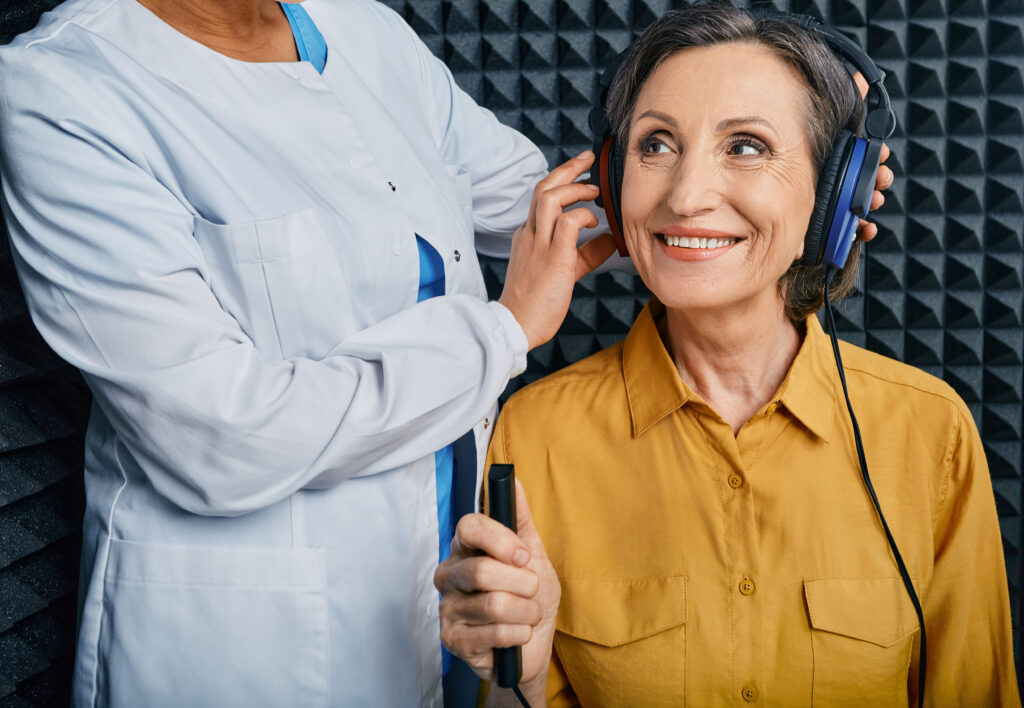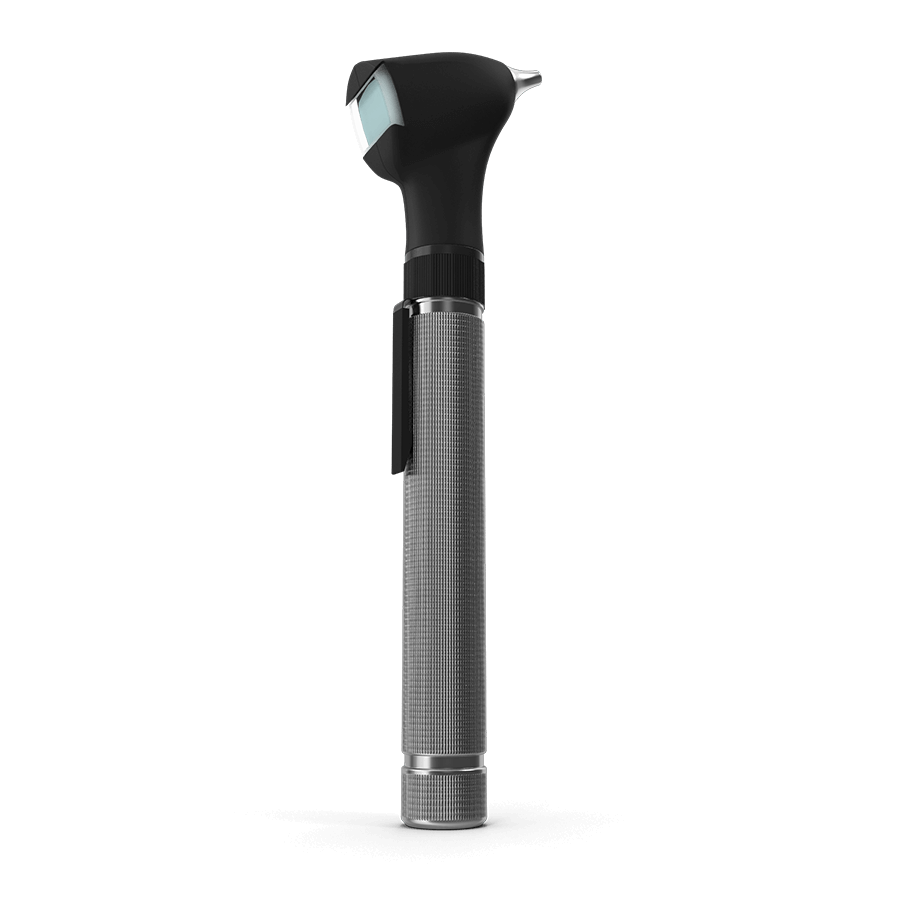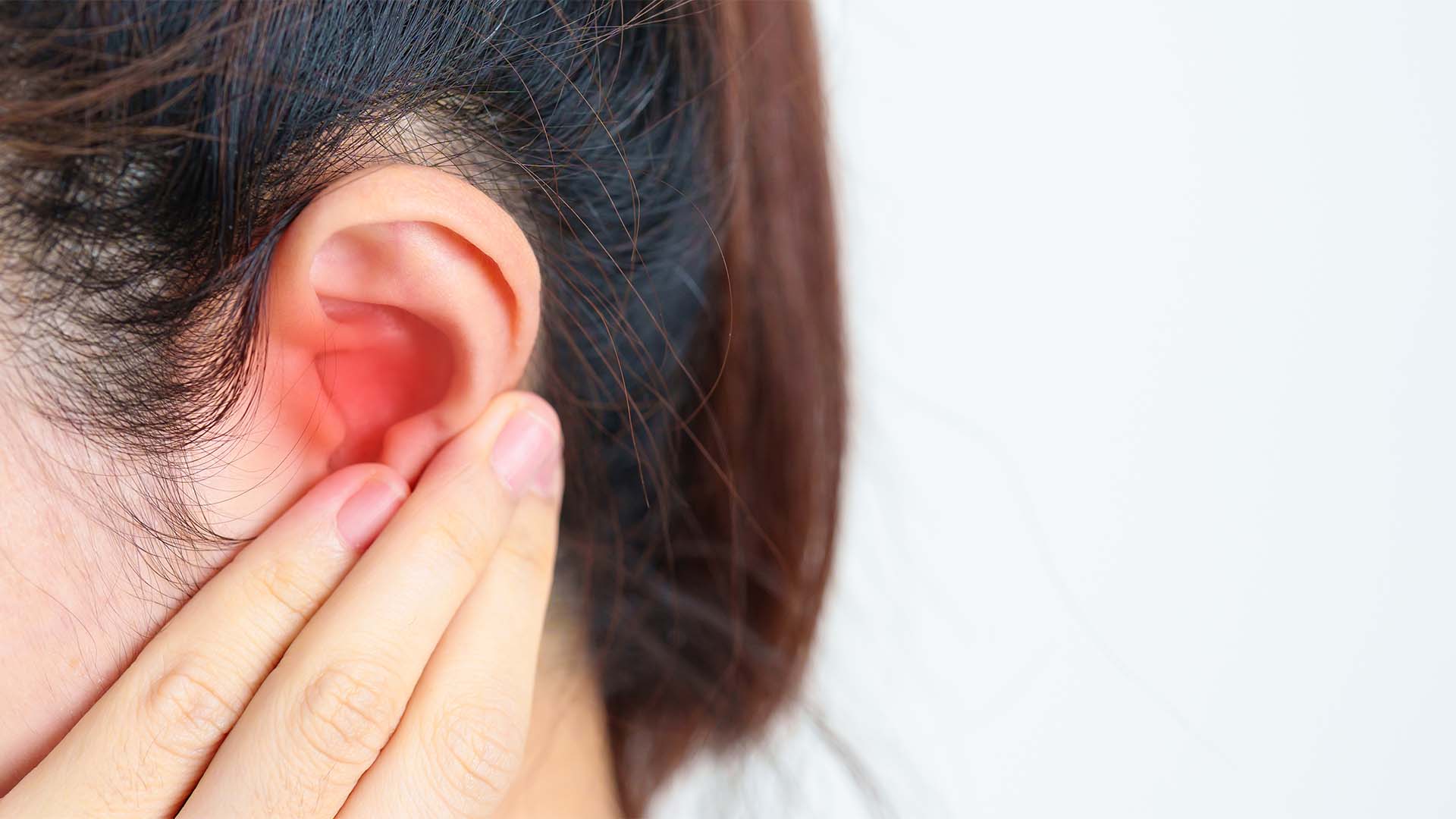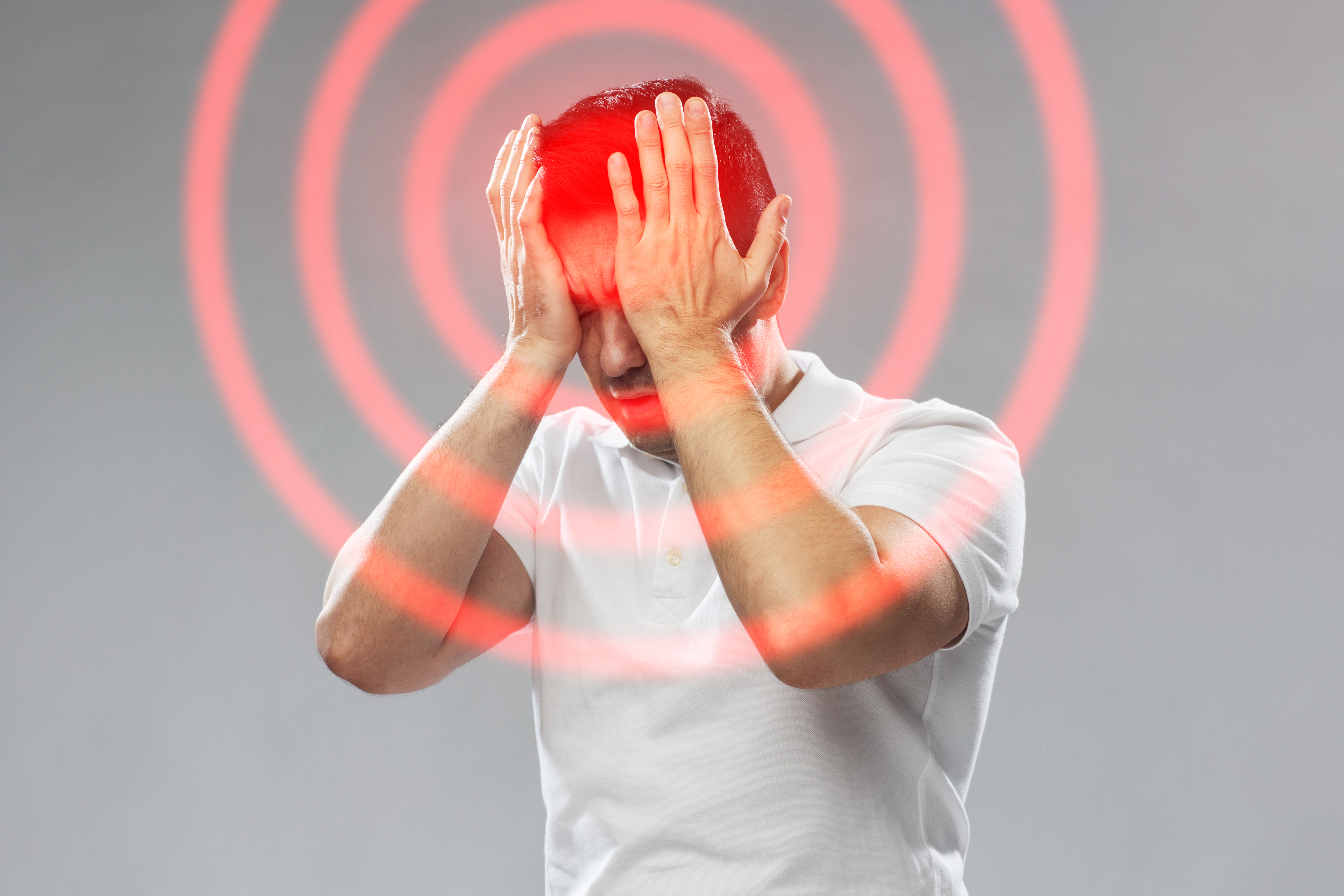Table of Contents
Intro
Hearing shapes ordinary moments: ordering in a busy café, catching a train announcement, chatting with family at dinner. When listening becomes effortful, it is not just an “ear issue” — daily life feels harder. This article takes a clear, practical look at how untreated hearing difficulties affect comfort, communication and independence, and what evidence-based hearing care can achieve. No dramatic claims, no speculation: just what we know helps people live more easily, day to day.
Why hearing comfort matters in real life
Most people first notice difficulty in places with layered sound: restaurants, shops, social events, open-plan offices, kitchens with appliances humming. You strain to follow conversation, guess missing words, or withdraw because keeping up is exhausting. Over time, that effort can make you avoid certain venues or rely heavily on subtitles and speakerphone. None of this means life has to shrink. Small, sensible changes — plus timely hearing care where needed — can restore ease and confidence in ordinary routines.
Listening effort: the practical side of “hard hearing”
When the sound signal reaching the ear is reduced or distorted, speech takes more work to follow. That “extra work” shows up in everyday ways: you miss names at introductions, phone calls feel harder than face-to-face chats, and noisy rooms tire you quickly. Reducing listening effort is a realistic goal of hearing care. It does not have to mean more gadgets or louder sound. It means better access to the speech you want and less intrusion from sounds you do not.
Noise exposure and safe listening
How sound affects hearing depends on dose: how loud, how long, and how often. Music events, headphones turned up to cover background noise, or long days near machinery can push the dose up. Choosing quieter seats, taking short “quiet breaks”, and using well-fitted earplugs at loud events are practical habits that protect hearing without spoiling experiences. Safe listening is not about avoiding life; it is about managing exposure so your ears stay comfortable tomorrow as well as today.
Communication first: what helps most people, most of the time
• Position and lighting help: facing your main speaker and making sure faces are visible makes speech easier to follow.
• Reduce competing noise when you can: turn off an unused radio, choose a table away from a coffee grinder, or close a car window on the motorway.
• Use devices thoughtfully: many modern hearing aids offer settings that prioritise speech in noise; TV streamers, phone apps and remote microphones can be surprisingly helpful in meetings or at home.
• Share simple ground rules: one person speaking at a time at the dinner table, a pause before someone speaks from another room, and agreeing to keep TV volume comfortable for everyone.
Independence and safety
Hearing contributes to everyday safety: hearing your doorbell or timer, catching a platform change, locating a cyclist’s bell. If these cues have become less clear, it is sensible to review hearing and explore solutions. Sometimes the fix is simple (earwax removal or treating a middle-ear problem). Sometimes it involves trying amplification or assistive devices that make key sounds reliable again.
What an evidence-based assessment looks like
A good hearing appointment is calm and structured. It starts with a conversation about the listening situations that matter to you, followed by:
• Examination of the ear canal and eardrum, and wax care if indicated.
• Hearing tests that map thresholds across pitches and, where appropriate, how you follow speech in quiet and in background noise.
• Middle-ear checks to see how well pressure equalises.
• A clear explanation of results in plain language, with options that match your priorities.

What treatment can realistically do
For adults seeking help with day-to-day hearing difficulties, hearing aids are a first-line option supported by strong evidence. People typically report better ability to follow conversation, improved participation in everyday life and less listening strain. Not everyone needs devices: for some, optimising communication and managing noise exposure are enough; for others, a combination of simple medical care (e.g., wax removal), well-fitted devices and a few practical strategies delivers the best results. Importantly, follow-up matters. Small adjustments after an initial fitting often make a big difference, and consistent daily use usually brings the greatest benefit.
Setting expectations you can trust
• No single solution fits everyone. Your listening environments, priorities and dexterity all shape the best plan.
• Devices help most when they are fine-tuned and used regularly. Expect a short period of getting used to new sound.
• Safe listening habits remain useful even with devices: they protect comfort and help keep sound pleasant.
• If your needs change — new job, new hobbies, more travel — it is reasonable to review settings or accessories.
When to consider a hearing check
• You rely on subtitles or speakerphone more than before.
• Friends or family say you miss parts of conversation or turn the TV up high.
• Noisy venues feel unmanageable, or you avoid them.
• You notice intermittent muffling, a sense of blockage, or difficulty on the phone.
• You have recurrent earwax problems or ear infections.
Hearing tests are quick, painless and informative. Even if results show only a mild change, you leave with practical options — and the confidence that you are not guessing.
A straightforward plan for the weeks ahead
Book a professional hearing assessment. Bring examples of settings that are hardest for you.
If wax or a middle-ear problem is present, treat that first.
If devices are recommended, agree on goals (e.g., restaurants, meetings, TV) and schedule follow-up.
Try two or three small environmental changes at home and in your regular café or workspace.
Review after a few weeks: what feels easier, what still needs work, and which features you use most.
Conclusion
Hearing care is about making ordinary life easier — clearer phone calls, enjoyable conversations, comfortable evenings out, reliable everyday sounds. With sensible habits and evidence-based support, most people achieve noticeable improvements without turning their routines upside down. If listening has become effortful, a calm, professional check is a positive next step. It is never too early — or too late — to make everyday listening feel more like itself again.
Scientific References
https://www.nice.org.uk/guidance/ng98
https://www.cochranelibrary.com/cdsr/doi/10.1002/14651858.CD012023.pub2/full
https://pubmed.ncbi.nlm.nih.gov/28944461/ https://www.who.int/news-room/questions-and-answers/item/deafness-and-hearing-loss-safe-listening
https://www.who.int/publications/i/item/9789240043114
https://rnid.org.uk/information-and-support/hearing-loss/getting-your-hearing-tested/
https://www.nhs.uk/tests-and-treatments/hearing-tests/
https://www.nidcd.nih.gov/health/age-related-hearing-loss







